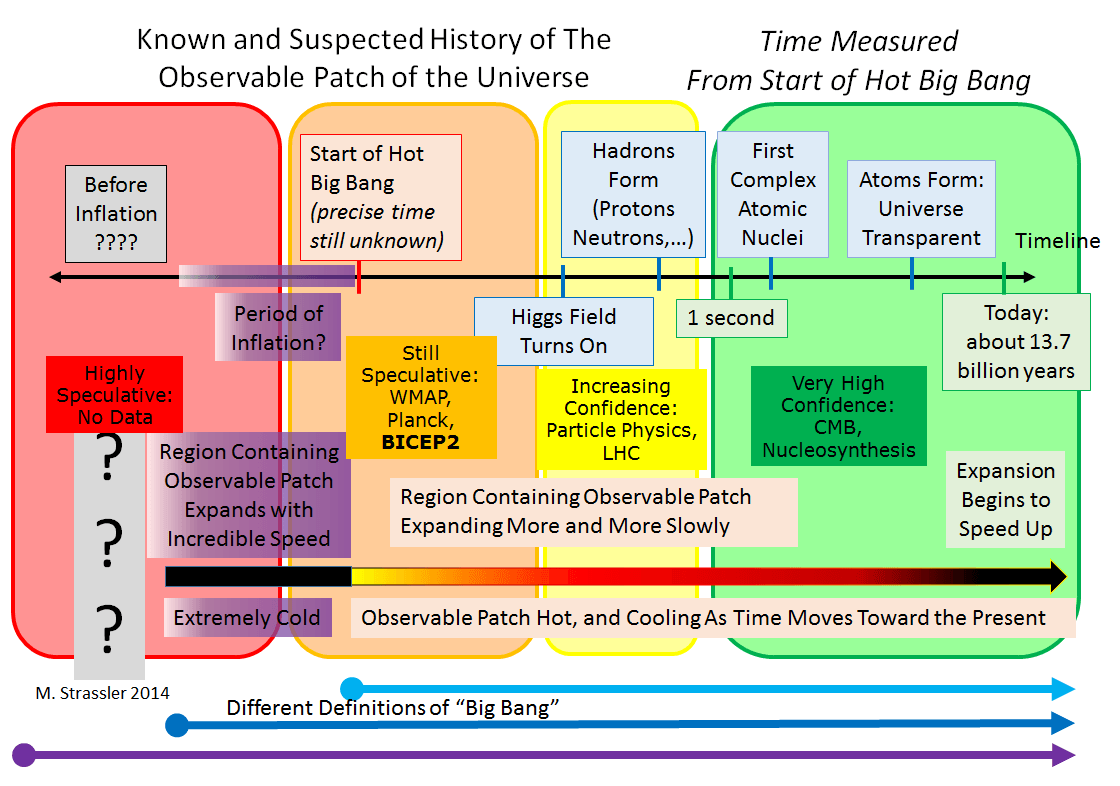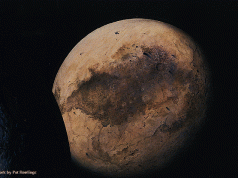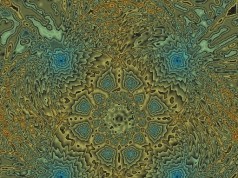I long held that there was no proof whatsoever that the universe was 13.7 billion year old, as all too many Big Bang theorists have long claimed, all over the Main Stream Media that they have exclusive access to.
Now I am happy to report that a main stream physicist, the very honorable professor Matt Strassler, supports this point of view in an excellent article:
https://profmattstrassler.com/2014/03/26/which-parts-of-the-big-bang-theory-are-reliable/
Professor Strassler’s broad reasoning is exactly the one I long put forward: the equations and the experiments we have break down at very high energies, so we cannot use them to extrapolate logic at such energies (something similar happens with gravitation: we have no proof that this force as usually described holds beyond the Solar System. and some hints that it does not).
To be doubtful about the simplistic Big Bang model holds, even in light of the interpretation of the latest data, which supposedly shows gravitational wave ripples consecutive to cosmic inflation. Yet, as professor Strassler says: “BICEP2 can really only tell us about the late stage and exit from inflation”.
I sent a comment: I guess I will have to get more subtle with my own, much older “Universe: 100-billion years old?”. After this allusion of dubious taste, for someone who is not officially one of the great priests of physics, I proceeded to thank professor Strassler:
“In any case, thank you for this detailed analysis on how certain we are of the various elements of the concept of Big Bang. This is the sort of subtlety that needs to be taught to the public: that there are degrees of certainty in science. And even in physics.
By preaching the Big Bang as if it were a religion, as many scientists have done in popular shows (latest on “Cosmos”, complete with multiverse, presented as part of our “address”!) one did a disservice to science, or even to reason itself. And there could be a backlash, if the public discovers that they were lied to. So the earlier the subtleties are taught, the better.”
You can refer to the featured image to see Professor Strassler’s excellent post, which demonstrates, in fascinating detail, the broad point I made previously, as an iconoclast philosopher:
Familiar throughout our international culture, the “Big Bang” is well-known as the theory that scientists use to describe and explain the history of the universe. But the theory is not a single conceptual unit, and there are parts that are more reliable than others.
It’s important to understand that the theory – a set of equations describing how the universe (more precisely, the observable patch of our universe, which may be a tiny fraction of the universe) changes over time, and leading to sometimes precise predictions for what should, if the theory is right, be observed by humans in the sky – actually consists of different periods, some of which are far more speculative than others. In the more speculative early periods, we must use equations in which we have limited confidence at best; moreover, data relevant to these periods, from observations of the cosmos and from particle physics experiments.
View original3,319 more words.






